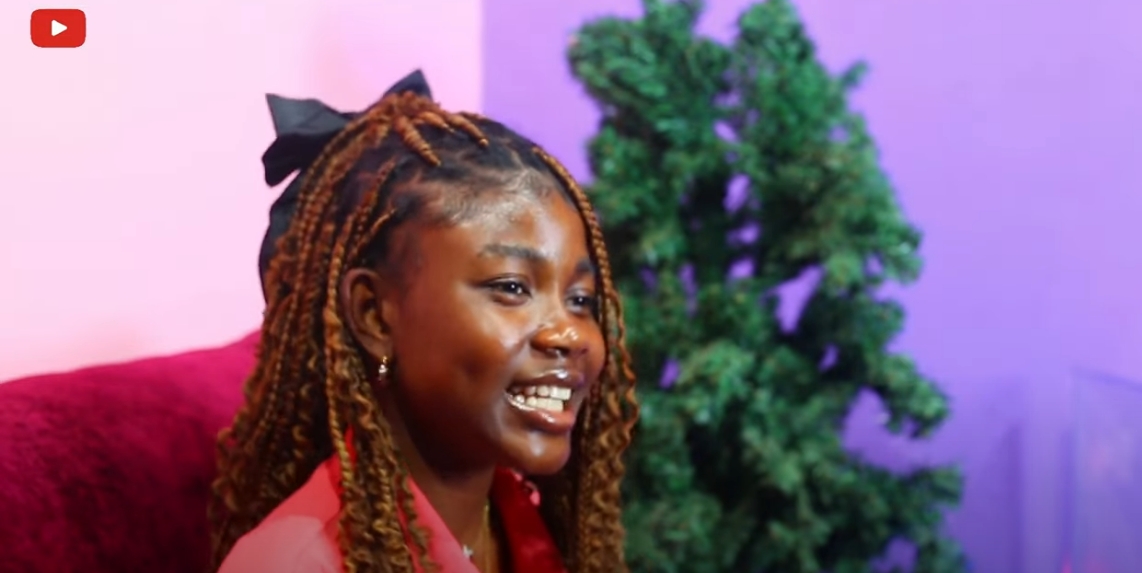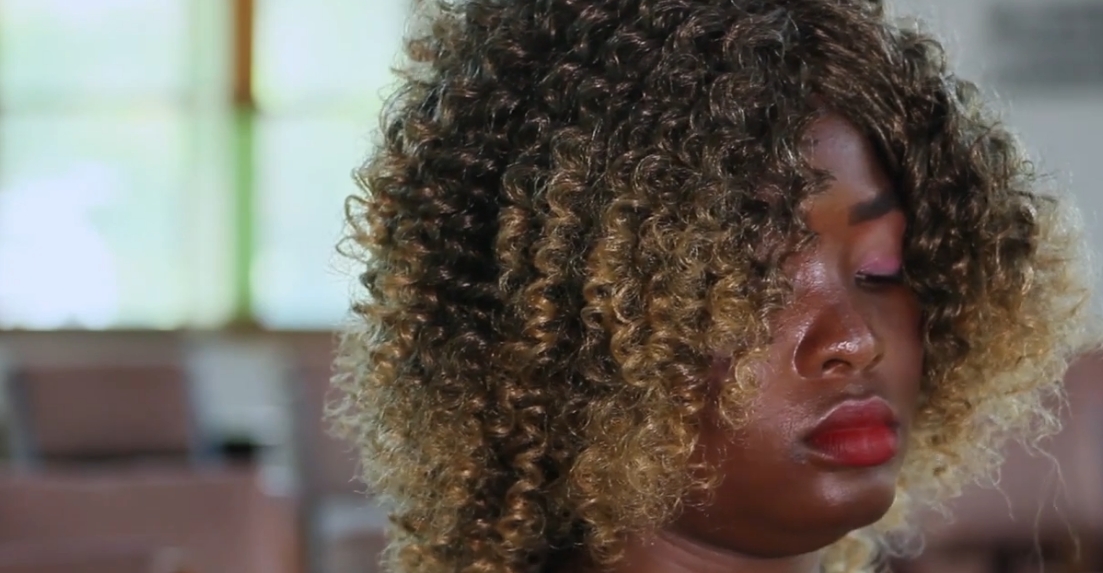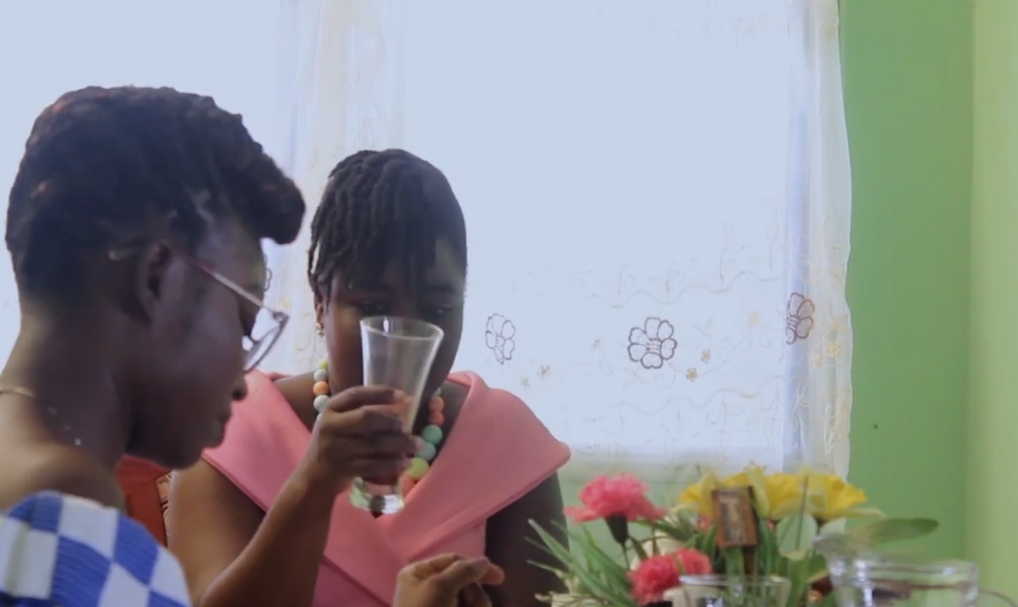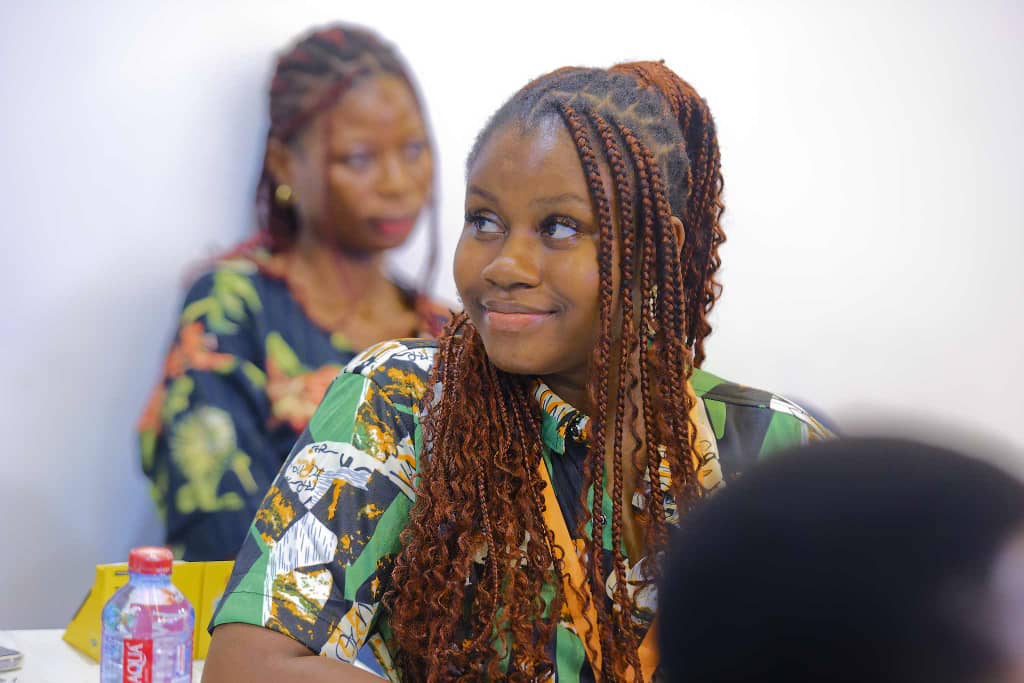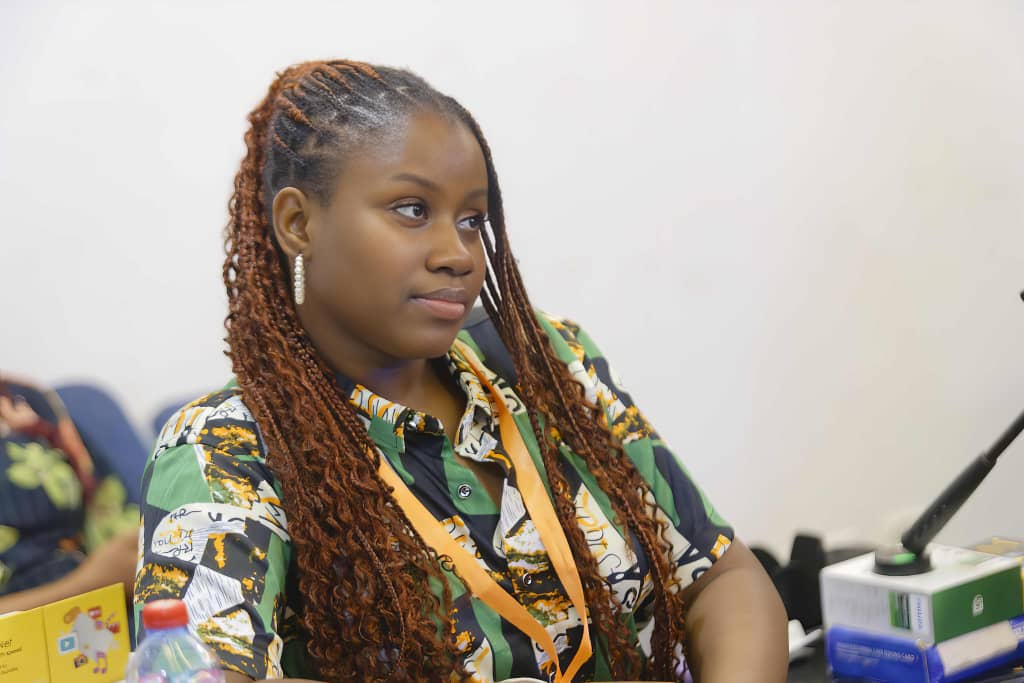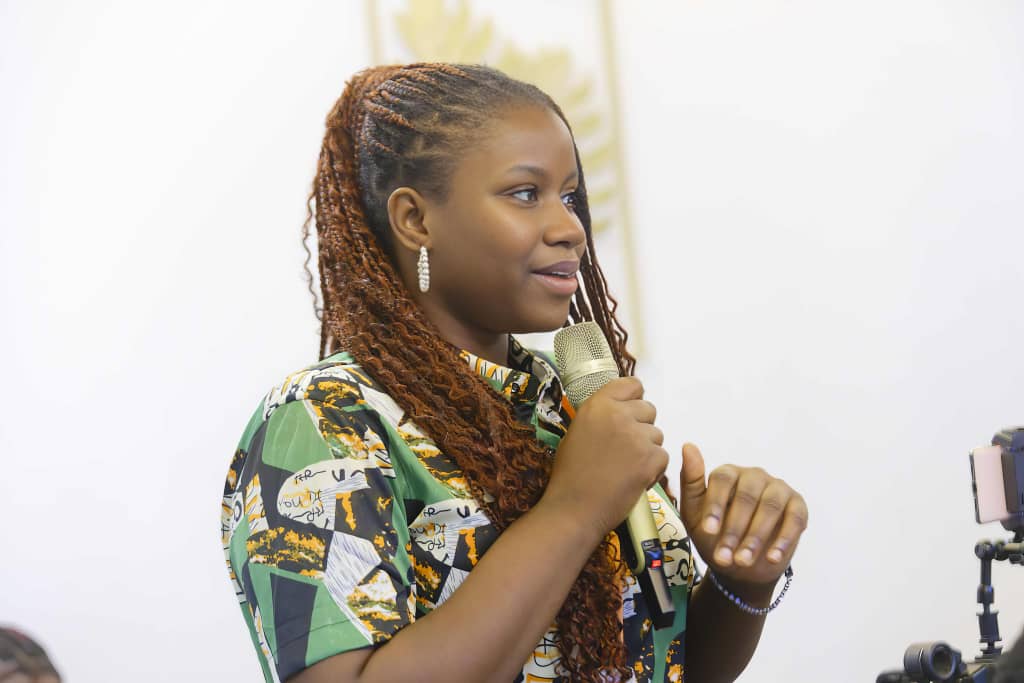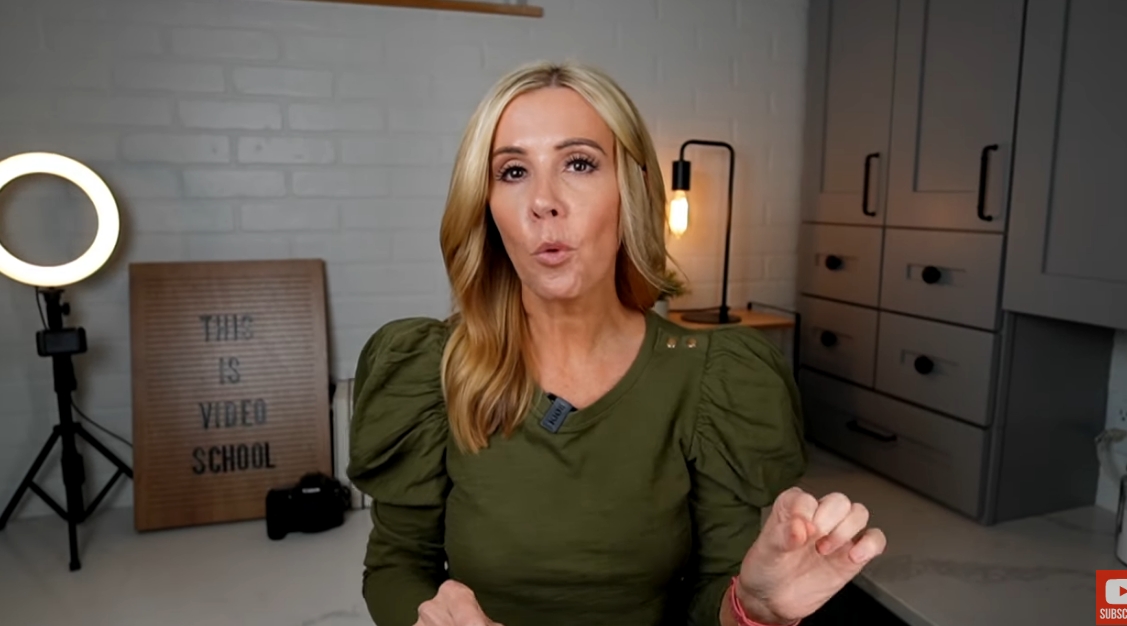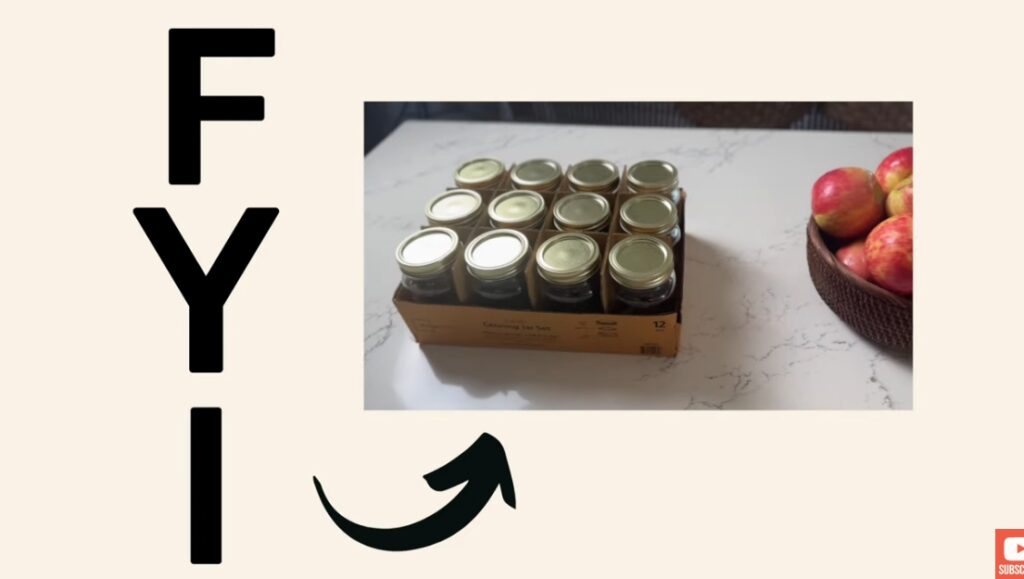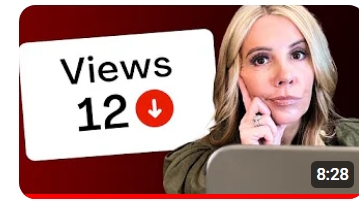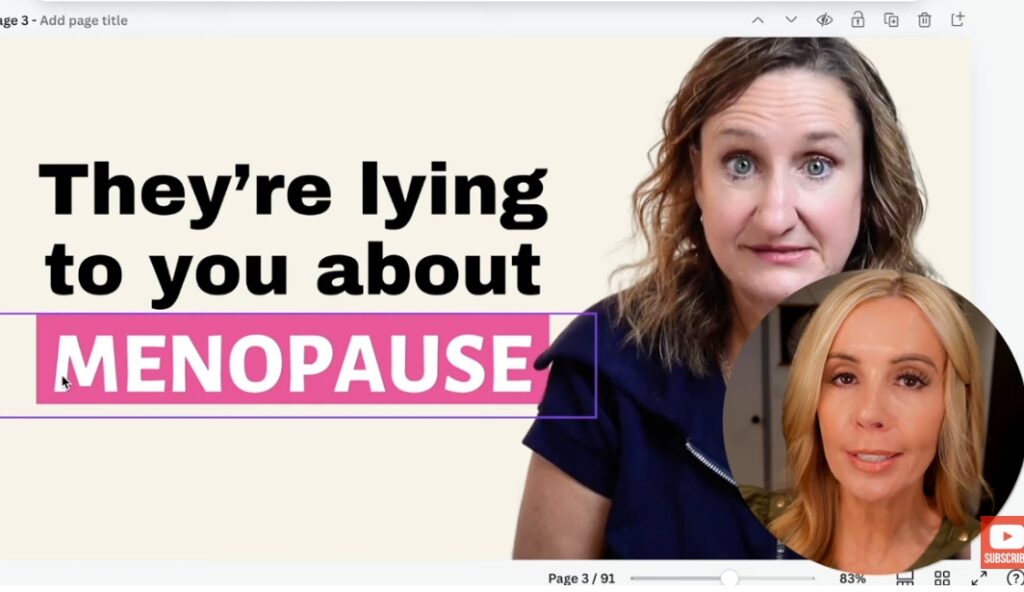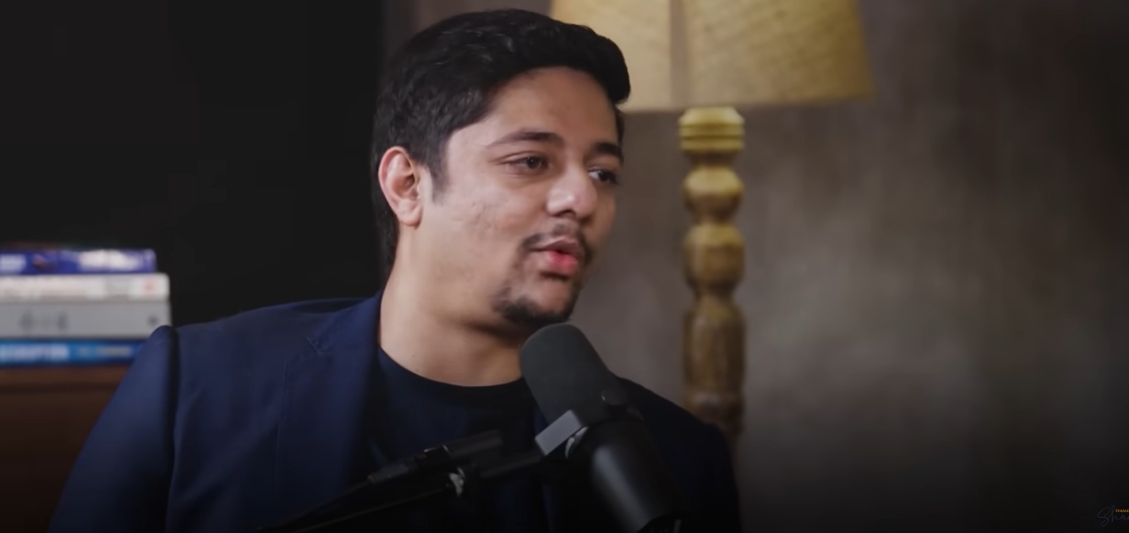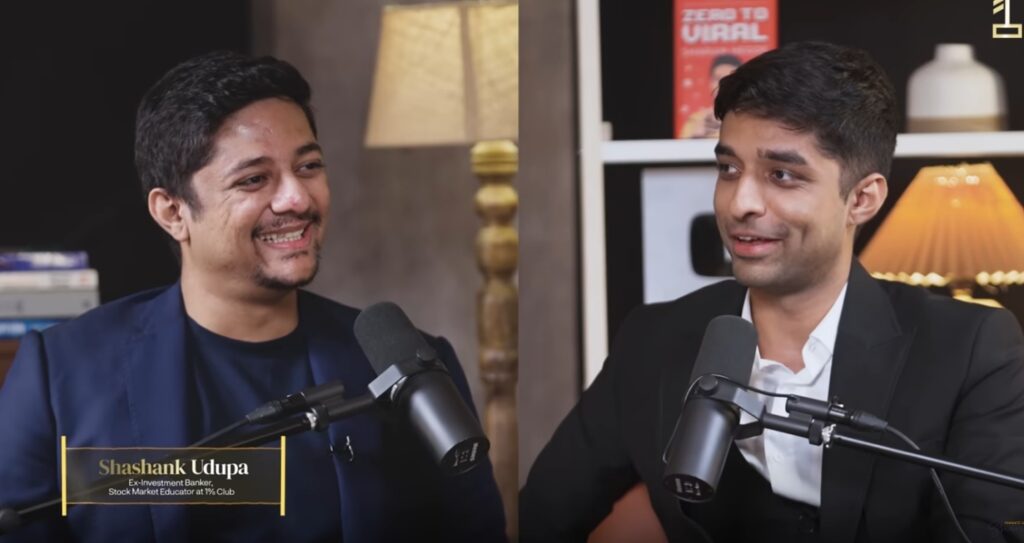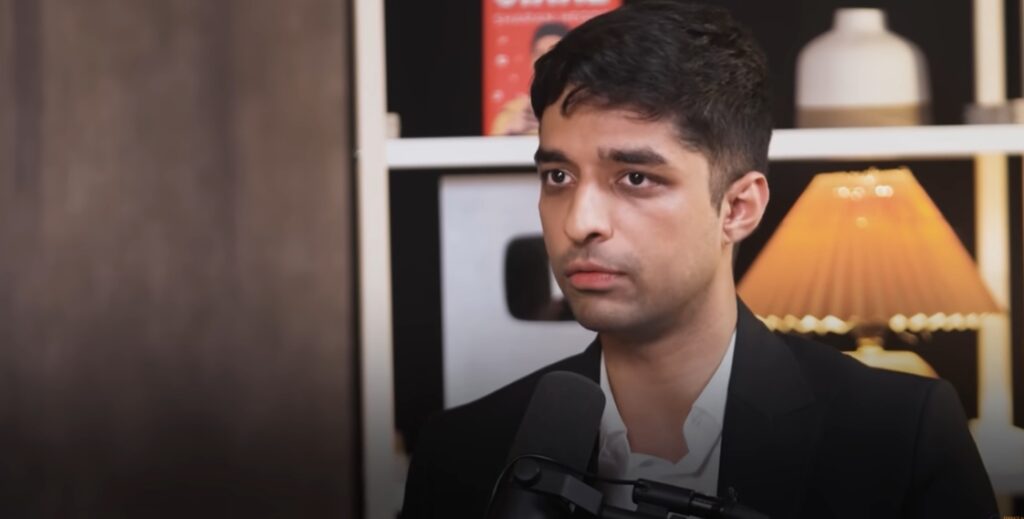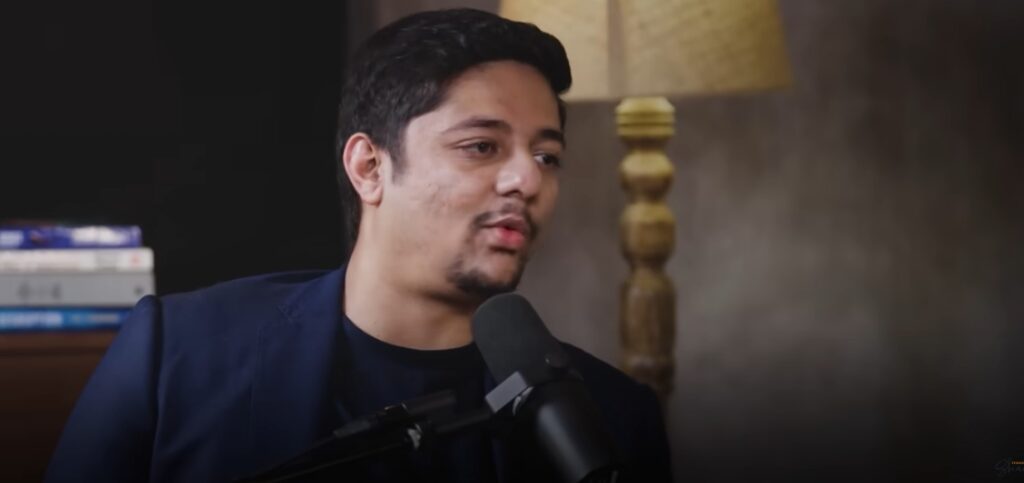A Fresh Perspective: Spotlight on Aaronel Amponsah’s YouTube Channel
In a world overflowing with content, few creators manage to truly stand out. Aaronel Amponsah has carved a unique space on YouTube, combining education, entertainment, and empowerment in a way that resonates with audiences everywhere. Known for her engaging take on law and justice, Aaronel simplifies complex topics and connects them to real-life scenarios, making her channel both a resource and a source of inspiration.
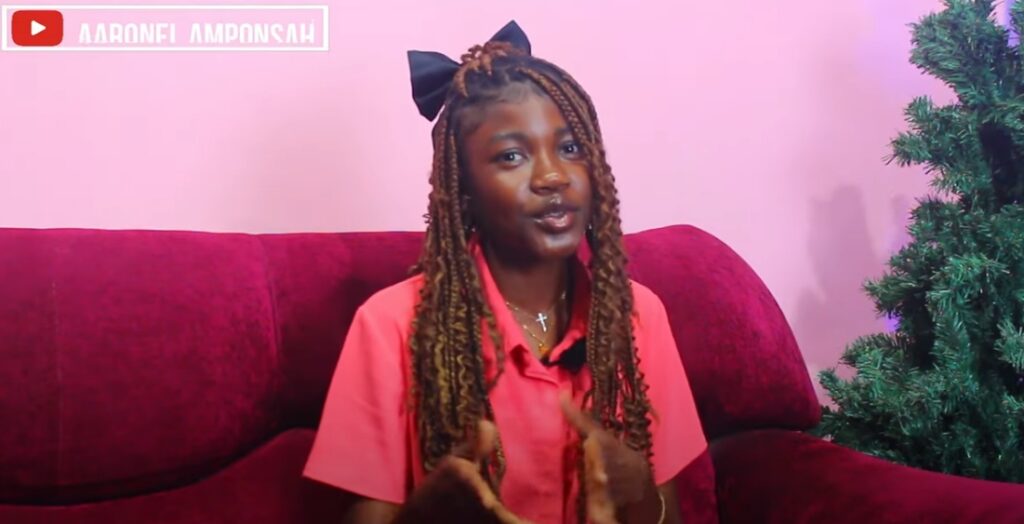
Aaronel Amponsah’s YouTube Channel: A Blend of Inspiration, Education, and Action
In the vast world of YouTube, where countless creators vie for attention, Aaronel Amponsah’s channel stands out as a beacon of inspiration, education, and empowerment. Aaronel has cultivated a unique space where she combines humor, authenticity, and knowledge to engage her audience in ways that feel both personal and impactful. Her relatable personality and infectious energy make her content resonate with viewers from all walks of life, particularly young people curious about the world of law, justice, and personal growth.
What makes Aaronel’s channel remarkable is her ability to simplify complex topics, especially in the realm of law and justice. Legal jargon, which often intimidates the average person, becomes approachable and even entertaining under Aaronel’s guidance. She bridges the gap between professional expertise and everyday relevance, creating a space where viewers can learn while enjoying themselves. Her videos go beyond merely dispensing information—they reflect her vibrant personality and her unwavering commitment to empowering others through knowledge.
For many of her followers, Aaronel’s channel is more than just a resource; it’s a source of connection. Her authenticity shines in every video, whether she’s explaining legal concepts, addressing real-life scenarios, or sharing snippets of her personal journey. This connection is what makes her channel special. By weaving humor and relatability into her content, Aaronel ensures that her audience feels seen and understood, turning what could easily be dry, academic material into something vibrant and engaging. Her approach is a breath of fresh air in a digital landscape often dominated by impersonal, algorithm-driven content.
A recent highlight from Aaronel’s channel is her video titled “7 Side Hustles to Start After High School.“ This video speaks directly to a demographic she understands deeply: young people navigating the transition from school to the broader world. Aaronel addresses this crucial phase of life with her trademark energy and relatability, presenting a timely guide for those seeking productive ways to earn money and build skills. For high school graduates, it’s a perfect mix of practicality and encouragement, offering ideas that are both achievable and exciting.
In this video, Aaronel introduces seven side hustles, each tailored to the interests and capabilities of young people. Hairdressing, for instance, is highlighted as a creative and profitable endeavor. Aaronel emphasizes that even beginners can start small by watching YouTube tutorials and practicing on friends or family. With consistent effort, hairdressing has the potential to grow into a full-fledged salon or mobile business, making it an excellent choice for those passionate about beauty and style.
Cooking and baking, another suggestion, tap into the universal love of good food. Aaronel’s advice to leverage social media platforms like Instagram and WhatsApp to showcase culinary creations is both practical and inspired. She points out that a strong online presence can turn a passion for food into a profitable venture, with the added bonus of building connections with a wide audience.

Makeup artistry is another hustle Aaronel champions. She encourages viewers who love experimenting with makeup to turn their passion into a business. By practicing on friends or family for events like church services or gatherings, aspiring makeup artists can hone their skills and gain confidence. Investing in quality products and showcasing their work on social media can help them attract clients and establish their reputation.
Content creation is a hustle close to Aaronel’s heart, as it mirrors her own journey on YouTube. She reminds viewers that they don’t need expensive equipment to get started. A phone, good lighting, and a clear sense of purpose are all it takes to begin. Aaronel’s own success demonstrates how content creation can evolve into a thriving career, making it an inspiring option for those who want to share their voice with the world.
For music enthusiasts, Aaronel suggests DJing as a side hustle. She highlights its potential as both a fun and lucrative venture, especially for those who love setting the vibe at parties. By starting with small events like graduation parties, aspiring DJs can gain experience and recognition while earning money. Photography, too, is featured as a creative option. With a decent camera or even a good smartphone, anyone with an eye for capturing moments can turn this skill into a business. Aaronel emphasizes that basic editing skills and the ability to market oneself can make photography a rewarding endeavor.
Finally, Aaronel discusses the growing popularity of nail artistry. From simple manicures to intricate designs, nail care is a field with significant earning potential. Aaronel advises budding nail technicians to showcase their work and rely on word-of-mouth recommendations to build a client base. This hustle, like the others she mentions, is accessible and scalable, offering young people a path to financial independence and personal growth.
What makes this video truly exceptional is Aaronel’s delivery. Her energy and enthusiasm are infectious, making viewers feel as though they’re receiving a pep talk from a close friend or mentor. She doesn’t just list ideas—she motivates her audience to take action. Her practical tips are paired with encouragement, creating a sense of possibility and excitement around each hustle she discusses.

For me, Aaronel’s video was more than a list of potential side hustles—it was a call to action. Her reminder to start small and build from there resonated deeply, especially as I considered exploring content creation myself. The idea of pursuing something I’m passionate about while developing valuable skills is both empowering and inspiring. Aaronel’s advice feels particularly relevant to the Class of 2024 graduates, many of whom are grappling with the uncertainty of what comes next. Her message is clear: the time to start is now, and there’s no limit to what we can achieve if we’re willing to embrace opportunities and take that first step.
Aaronel Amponsah’s YouTube channel is a testament to the power of authenticity and relatability in the digital age. She doesn’t just educate her audience—she inspires them to think bigger and dream bolder. Her ability to connect with viewers, combined with her passion for sharing knowledge, makes her a standout creator. Through her channel, Aaronel offers more than just information; she provides a roadmap for personal growth and success, delivered with warmth and humor.
For anyone seeking actionable advice, a fresh perspective, or simply a source of inspiration, Aaronel Amponsah’s channel is a must-visit. Her content is a reminder that education doesn’t have to be boring, and success doesn’t have to feel out of reach. With the right mindset and a willingness to learn, anyone can take the first steps toward a brighter future. Aaronel’s channel is proof that knowledge, when paired with authenticity and enthusiasm, has the power to change lives.

